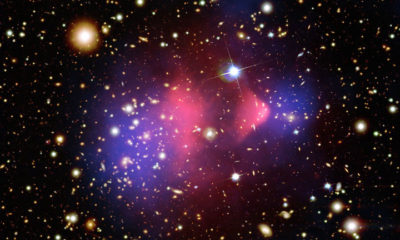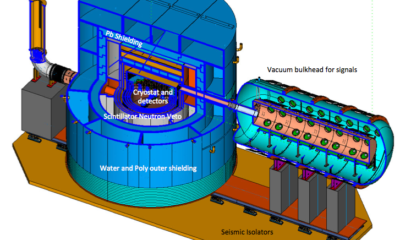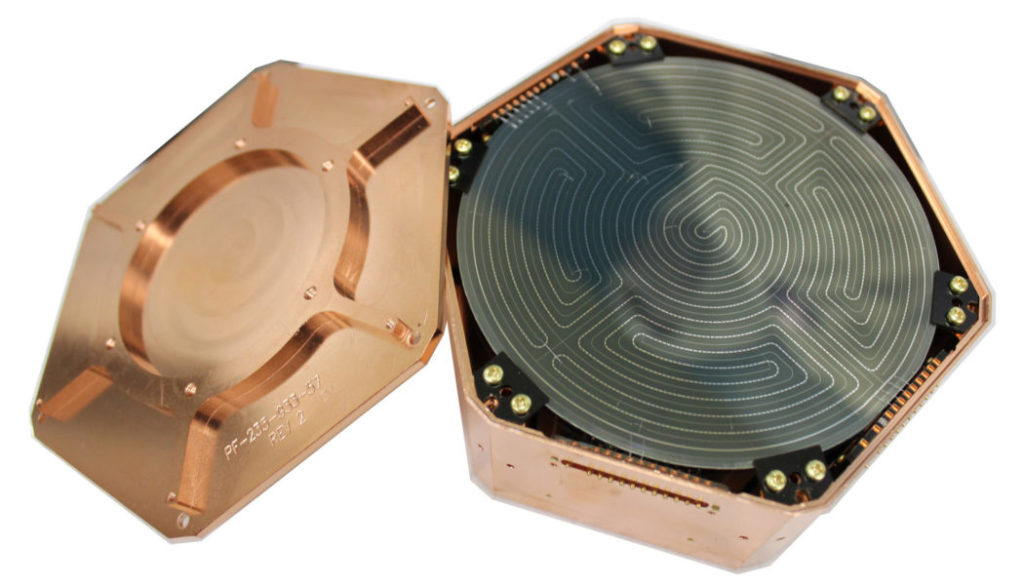Texas A&M Physicists Receive DOE Grant for Detector Research and Development
Researchers in the Texas A&M University Department of Physics and Astronomy have been awarded a three-year, $1.27 million grant from the U.S. Department of Energy (DOE) in support of their world-leading detector research and development work that continues to play a key role in the SuperCDMS dark matter search experiment and other major projects at the forefront of new physics.

Dr. Rupak Mahapatra 
The SuperCDMS SNOWLAB experiment is one of the three dark matter experiments earmarked for funding support in 2014 by the U.S. Department of Energy and the National Science Foundation. In addition, it is one of the two that are searching for weakly interacting dark matter particles (WIMPs). (Credit: NASA.) 
The SuperCDMS SNOLAB experiment layout showing Texas A&M detectors positioned at the heart of discovery. (Credit: SuperCDMS SNOLAB.)



